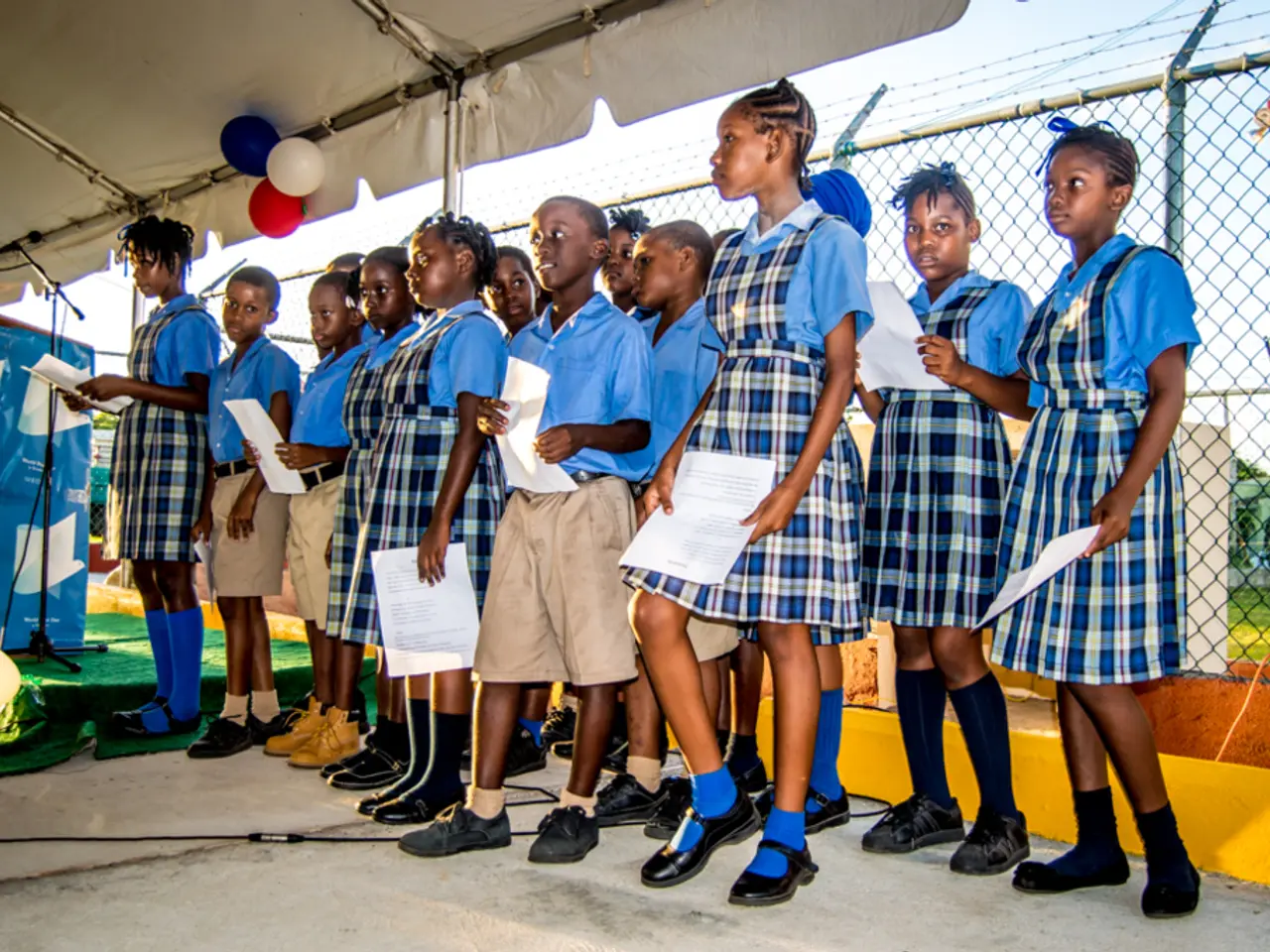Almost 285 million children risk being out of school, warns Human Rights Watch, highlighting the escalating global education crisis.
In a recent report, Human Rights Watch has raised concerns about a global education crisis, highlighting several key factors that are contributing to the worsening situation. The data used by Human Rights Watch comes from the UNESCO Institute for Statistics and the Global Education Monitoring Report.
Persistent underfunding of public education is a major barrier, preventing governments from providing fully free public education, building and equipping schools, and hiring qualified teachers. Human Rights Watch emphasizes the need for governments to meet internationally recognized funding benchmarks by allocating 4–6% of GDP or 15–20% of total public expenditure towards education.
Armed conflicts significantly impact access to education, particularly in regions such as Gaza and Sudan. When considering children out of school due to conflicts, the global figure could rise to about 285 million if children in all conflict areas are accounted for. Currently, an estimated 13 million children in conflict zones are out of school, according to the organization.
Many governments are applying austerity measures that cut education funding. This includes spending more on debt servicing than on education, leading to drastic cuts in education resources. Governments are urged to protect education budgets from austerity cuts to ensure that children are not denied critical developmental opportunities.
Significant reductions in global education aid by donor governments further exacerbate the crisis, impacting critical programs for humanitarian education responses. Donor governments are urged to reinforce their foreign aid contributions in line with international human rights obligations.
Inequitable access is another factor contributing to educational exclusion. Factors like gender gaps, school-related violence, and discriminatory practices against certain groups (e.g., pregnant girls, refugees, children with disabilities) also contribute to this issue.
The crisis extends to early education, with 175 million preschool-age children not enrolled in any early childhood education programs. Adaptation to emergencies like armed conflict or natural disasters is hindered by inadequate funding. Supplies for education are not adequately provided due to funding shortfalls, and the construction and maintenance of schools is compromised due to insufficient funding.
Human Rights Watch identifies chronic funding shortfalls and systemic discrimination as key factors exacerbating educational exclusion. The organization calls on governments worldwide to honor their education commitments and meet the suggested international financing targets to help address this global education crisis. If children in all conflict areas are accounted for, the number of out-of-school children could reach 285 million, emphasizing the urgency of this issue. As of now, an estimated 272 million children and youth will be out of primary and secondary school.
In the wake of the global education crisis, it is essential for governments to prioritize education and self-development by meeting internationally recognized funding benchmarks and addressing chronic funding shortfalls. Furthermore, general news outlets should highlight the urgency of this issue, as the number of out-of-school children could potentially reach 285 million when considering children in all conflict areas. This underscores the need for donor governments to reinforce foreign aid contributions in line with international human rights obligations.




